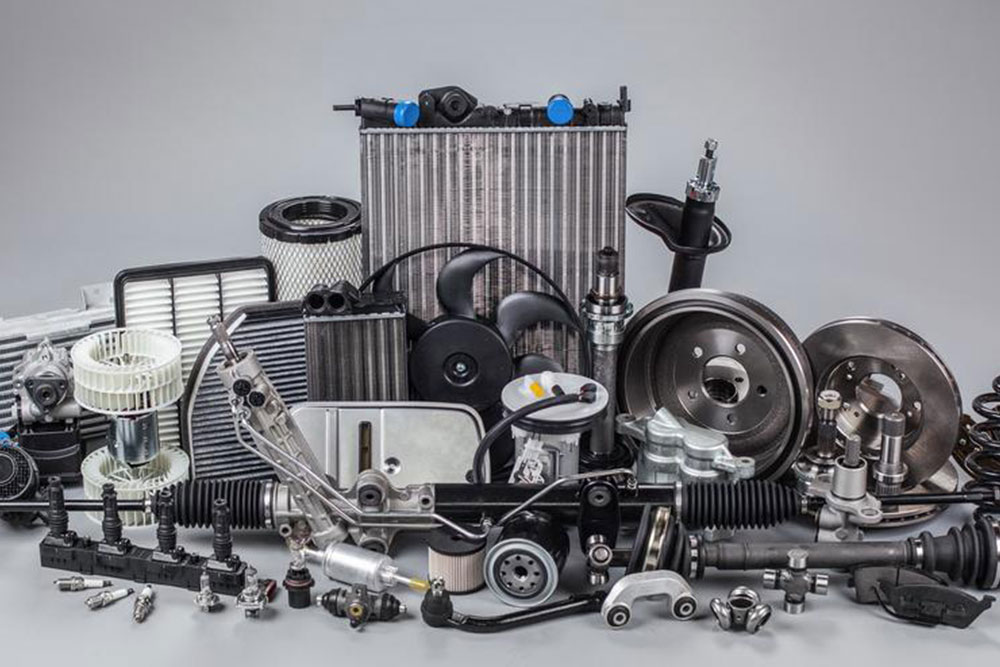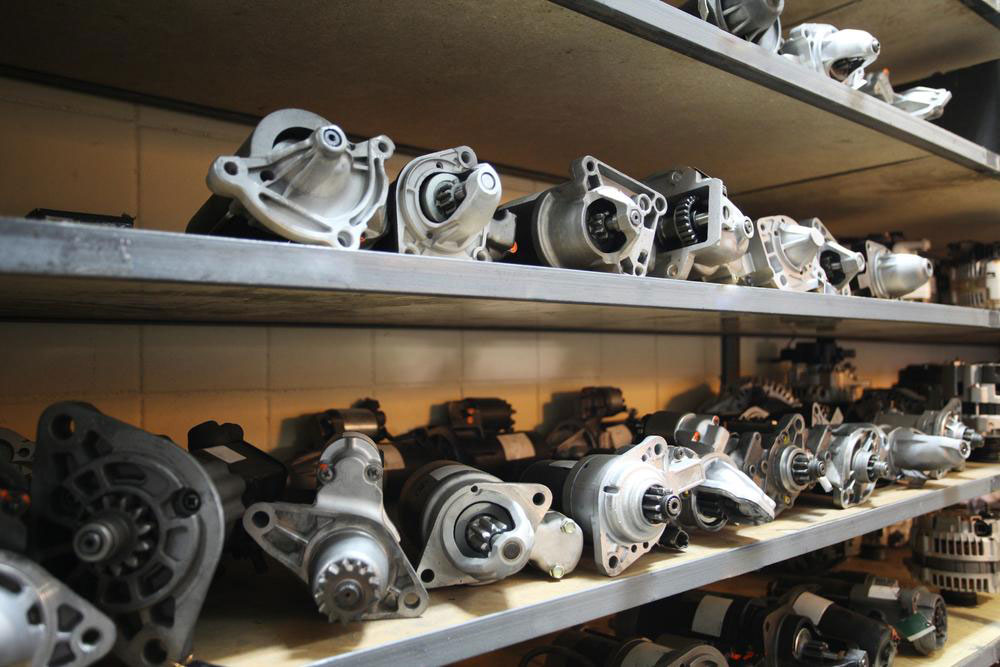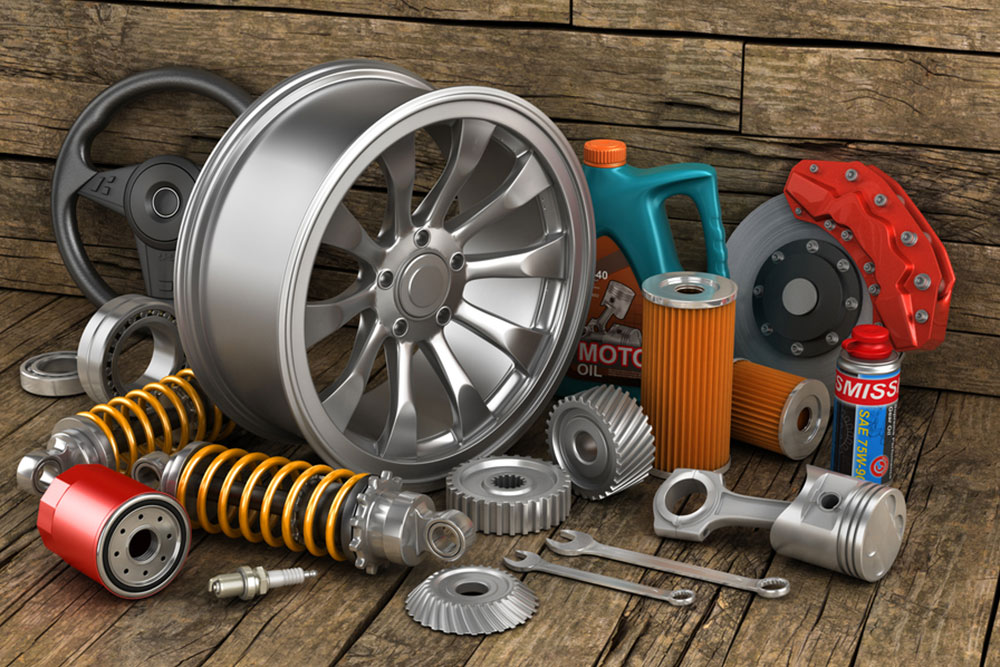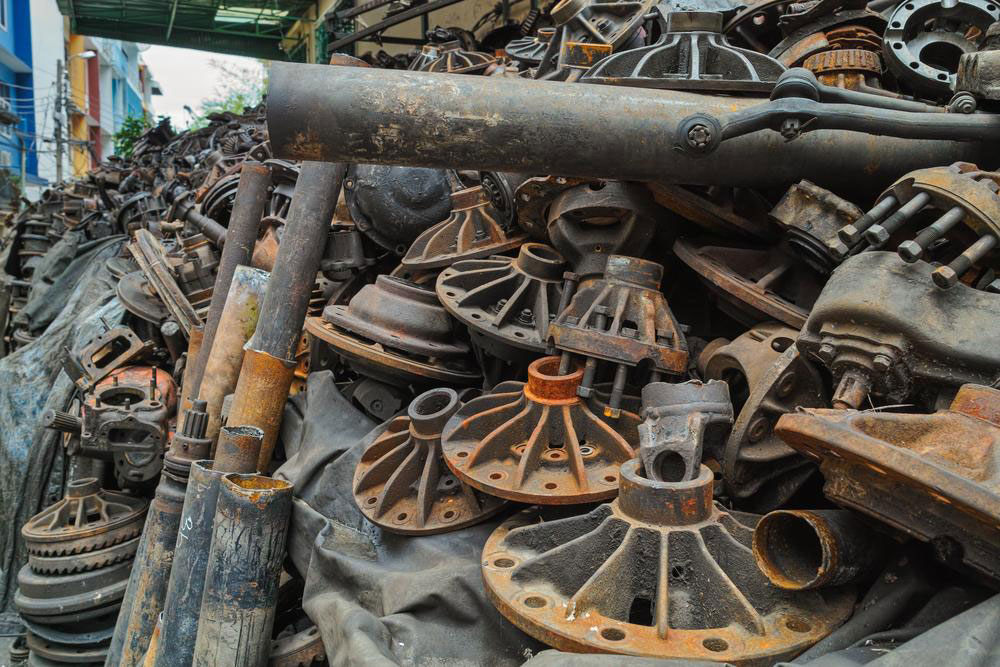Comprehensive Guide to Choosing Used Auto Parts: Benefits, Tips, and Industry Insights
Discover the advantages of used auto parts, including cost savings, accessibility, refurbishment quality, and environmental benefits. This guide provides tips for sourcing reliable components and insights into industry trends, helping car owners make informed decisions for affordable vehicle repairs.
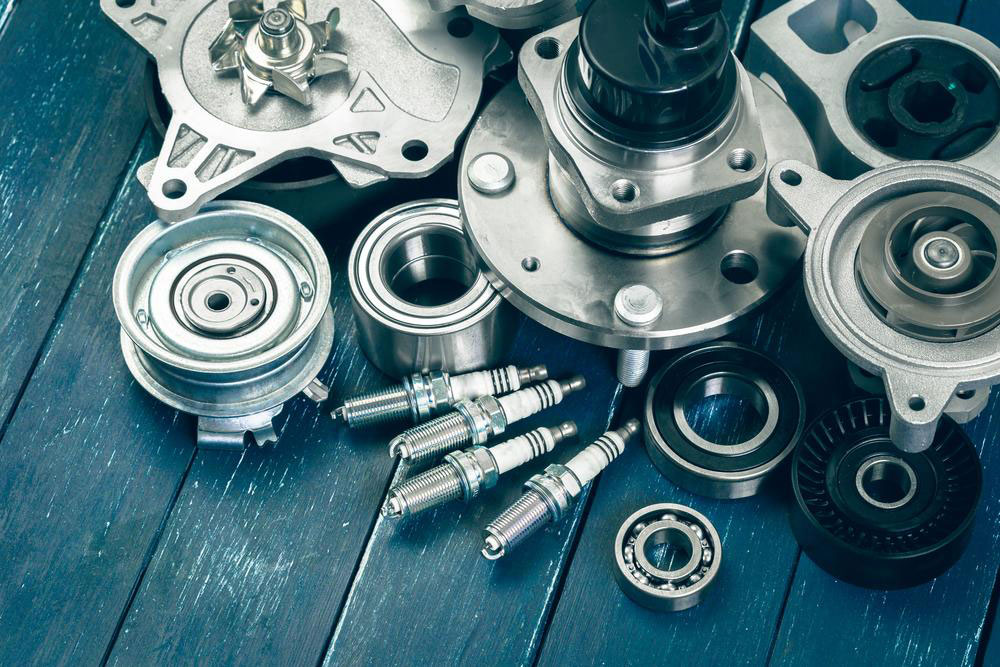
Why Opt for Used Auto Components? Key Advantages Explained
Navigating the world of auto parts can be overwhelming given the vast array of options available. Whether you're restoring an older vehicle, repairing a damaged car, or looking to save money, choosing between new and used auto parts is a critical decision. Used auto components have gained popularity among car owners and mechanics alike due to their affordability and reliability. In this comprehensive guide, we explore the most compelling reasons to consider used auto parts, how to select quality components, and the industry benefits of embracing used parts in automotive maintenance and repair.
Auto parts are essential for vehicle repair and maintenance, but the choice of parts significantly influences the overall cost, durability, and performance. While brand-new components like OEM parts or brand-specific batteries are often perceived as the best options, they can be prohibitively expensive, especially for older or high-mileage vehicles. Conversely, used auto parts offer an affordable and practical alternative that can meet quality standards while reducing expenses. This article delves into the multiple advantages of used auto components, providing practical tips for sourcing high-quality parts, and discussing industry trends shaping the used auto parts market today.
Cost-Effectiveness: Saving More on Repairs
The primary appeal of used auto parts lies in their cost-effectiveness. Car owners often face steep expenses when purchasing brand-new parts, which can be especially burdensome for older vehicles with high mileage. For instance, replacing a transmission or engine with new OEM parts can cost thousands of dollars. In contrast, used auto parts are typically priced significantly lower, making repairs and restorations more accessible, even on a tight budget. For vehicles that have surpassed the 200,000-mile mark, utilizing used components can prevent the need for expensive new replacements, thereby extending the vehicle's lifespan economically.
Easy Accessibility and Availability
One of the greatest benefits of choosing used auto components is their widespread availability. These parts can be sourced from various channels including junkyards, auto salvage yards, online marketplaces, and specialized used auto parts dealers. The expansive network of suppliers ensures that even rare or discontinued parts can be located with relative ease. When purchasing used auto parts, it’s vital to verify the credibility of suppliers by checking reviews and reputation to ensure the quality and reliability of the components. Reliable suppliers often provide warranties or guarantees on their used parts, giving consumers additional peace of mind.
Refurbished and Restored Quality
Many used auto parts undergo professional refurbishment processes that restore them to high standards of quality and performance. This refurbishment might include cleaning, reconditioning, or replacing vital components to ensure proper functionality. These efforts not only improve the reliability of the parts but also help in maintaining safety standards. While refurbished used parts may carry a slightly higher price compared to completely used, unrefurbished components, they still substantially cost less than brand-new parts. Additionally, their comparative quality and longevity make them a popular choice among repair professionals and car owners seeking durability without the premium price tag.
Environmental and Sustainability Benefits
Utilizing used auto parts supports environmental conservation by reducing waste and promoting sustainable practices. Recycling auto parts prevents functional components from ending up in landfills and minimizes the demand for new manufacturing, which consumes raw materials and energy. This eco-friendly approach aligns with global efforts to reduce carbon footprints and encourages responsible vehicle maintenance. Industry trends indicate that the used auto parts market is growing rapidly, driven by increased environmental awareness and rising costs of new auto components.
Tips for Choosing High-Quality Used Auto Parts
Always verify the source and reputation of the seller to ensure authenticity and proper refurbishment.
Request detailed information about the part’s history, including previous vehicle details, usage, and refurbishment processes.
Inspect the part visually and, if possible, test it before purchase to confirm functionality.
Check for warranties or guarantees offered by the supplier, which reflect their confidence in the part’s quality.
Compare prices across multiple sources to ensure competitive and fair pricing.
The Future of the Used Auto Parts Industry
The market for used auto components is anticipated to expand further as consumers increasingly seek cost-effective, sustainable repair options. Advanced inventory management, online sales platforms, and certification programs are making it easier for consumers to access high-quality used parts. Industry players are also investing in refurbishing facilities and quality assurance systems to boost consumer confidence. Governments and environmental agencies are promoting recycling initiatives, which further support the growth of the used auto parts sector. Embracing used components not only benefits individual car owners but also contributes to a more sustainable automotive industry.

